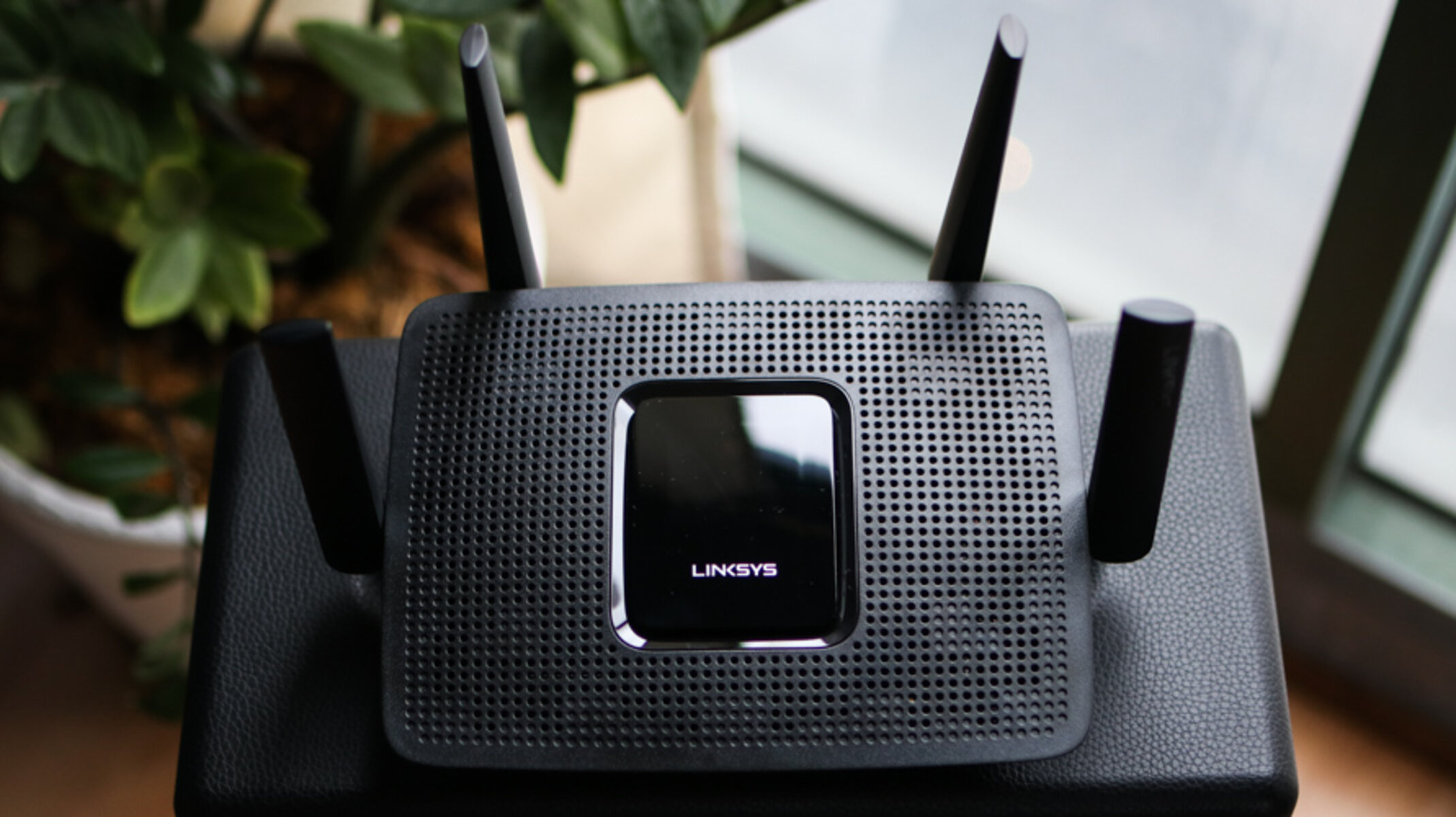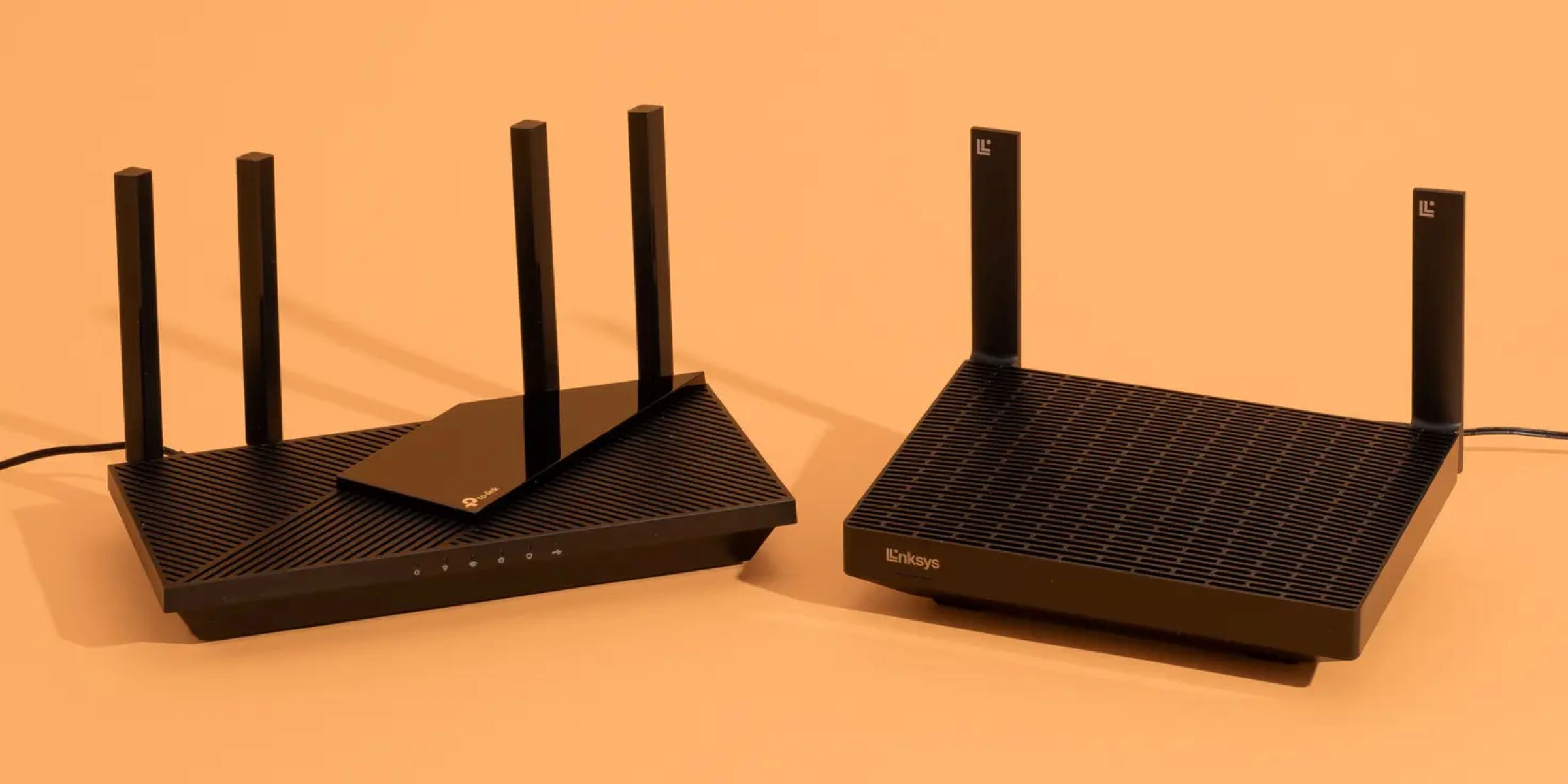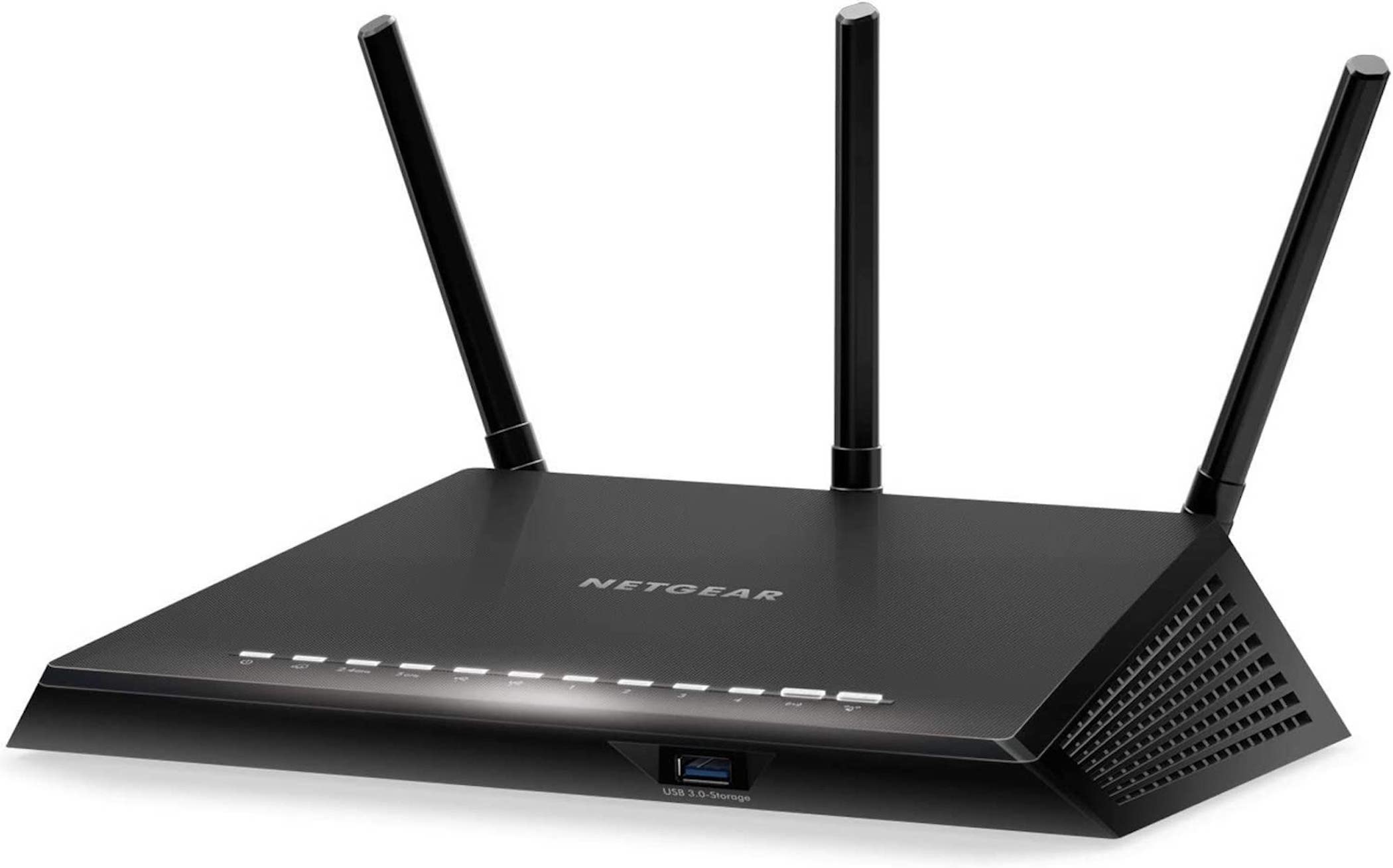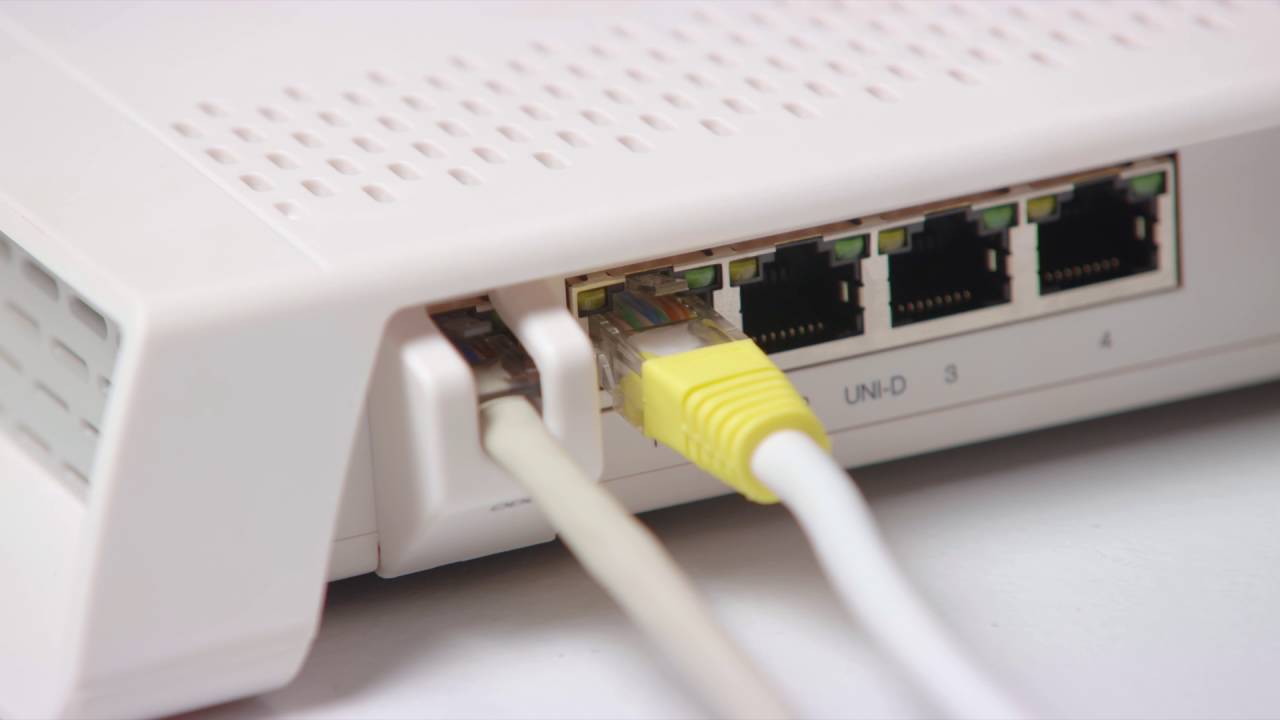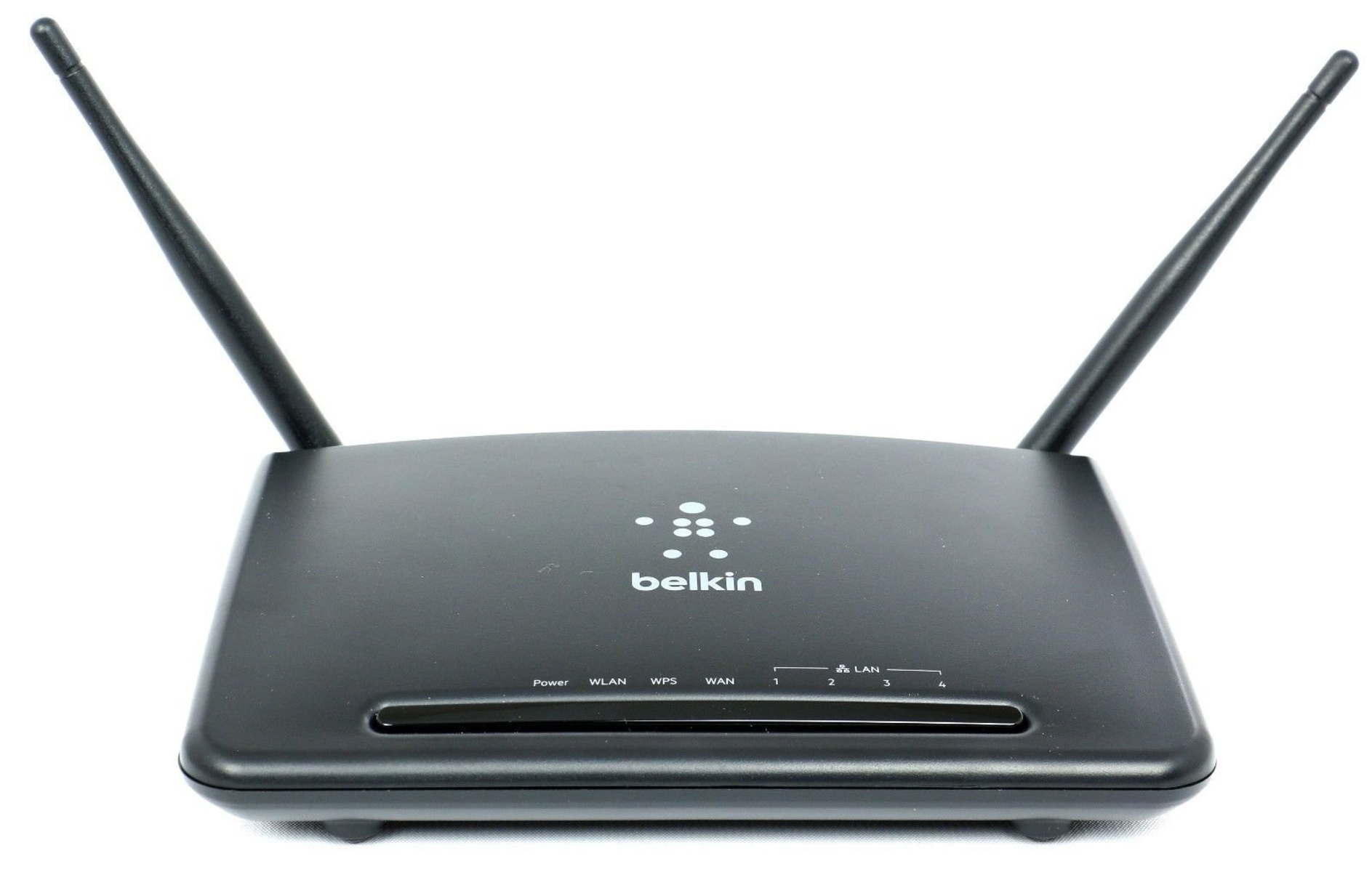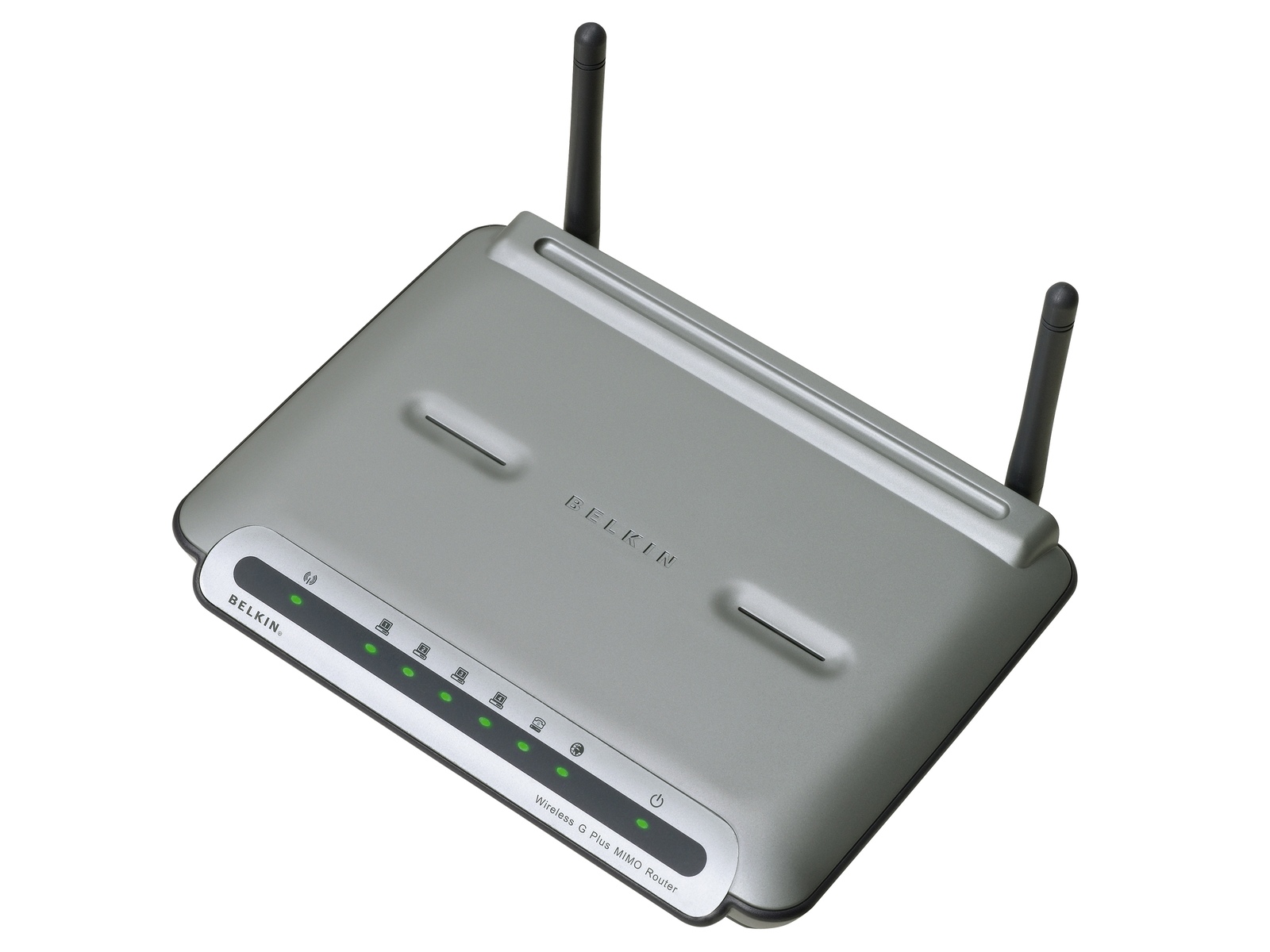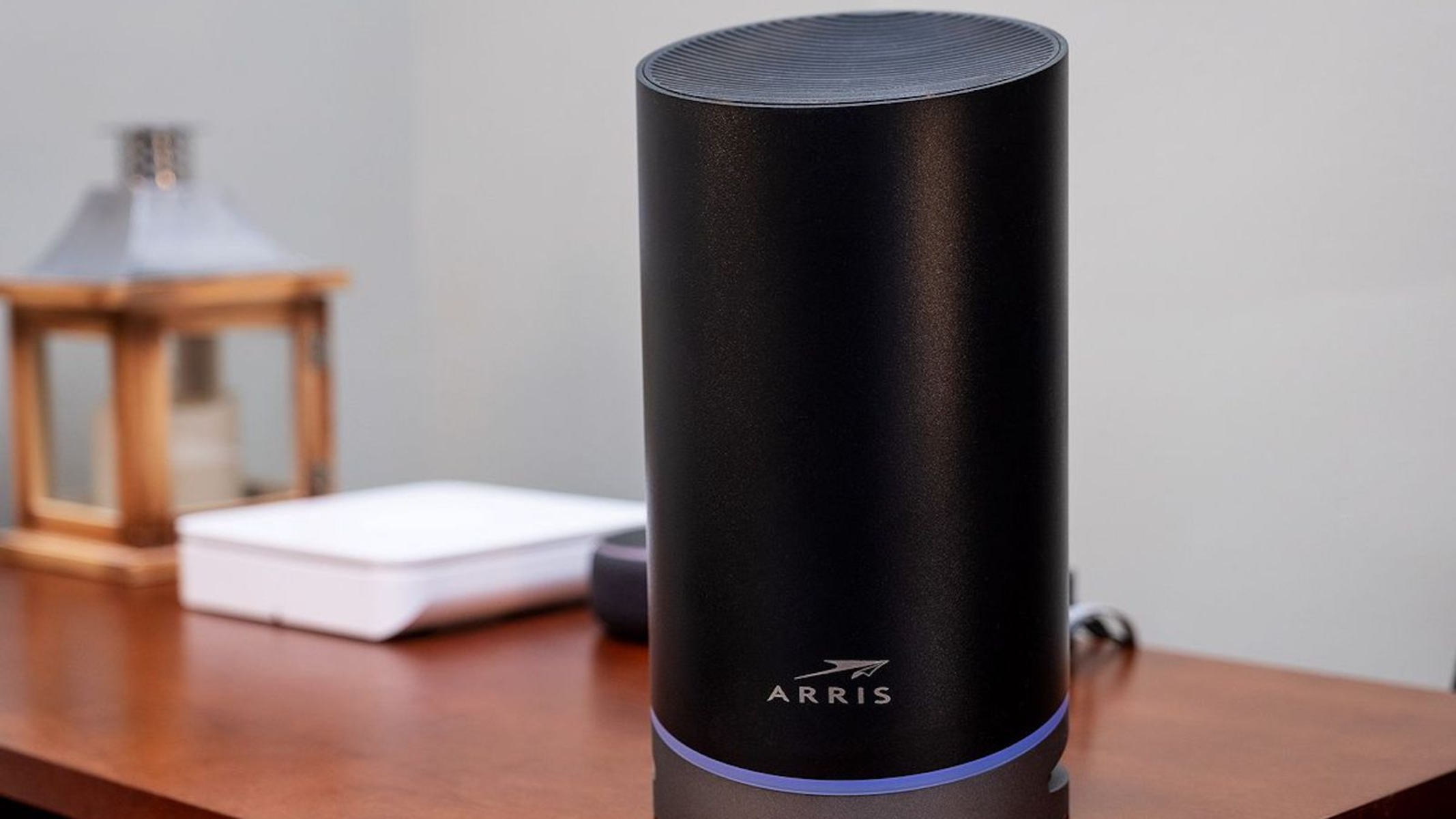Introduction
Welcome to our guide on how to get the IP address of your wireless router. If you’re experiencing any network issues or need to make specific changes to your router’s settings, knowing its IP address is essential. While finding your IP address might sound like a complicated task, we’re here to simplify the process for you.
Before diving into the methods to find your router’s IP address, let’s first understand what an IP address is and why it’s important in the context of your wireless router.
An IP address, which stands for Internet Protocol address, is a unique numeric identifier assigned to every device connected to a network. It serves as a means for devices to communicate and identify each other within a network. In the case of your wireless router, it acts as the gateway between your devices and the Internet.
There are two types of IP addresses commonly used in home networks: the public IP address, which is assigned by your internet service provider (ISP) to identify your entire network on the Internet, and the private IP address, which is specific to your individual devices within your local network. It’s the latter that we’ll be focusing on in this guide.
Knowing the IP address of your router is necessary for various reasons. It allows you to access your router’s admin interface, where you can make changes to settings such as Wi-Fi password, network name, and security settings. It also helps in troubleshooting network issues, managing connected devices, and verifying if your router is functioning correctly.
In the following sections, we’ll explore different methods you can use to find the IP address of your wireless router. Whether you’re a tech-savvy individual or a beginner, we’ve got you covered with step-by-step instructions for each method.
So, without further ado, let’s jump right in and learn how to get the IP address of your wireless router.
Understanding IP Addresses
Before we delve into the methods of finding your router’s IP address, it’s important to have a basic understanding of IP addresses. As mentioned earlier, an IP address is a unique numeric identifier assigned to each device connected to a network.
IP addresses are divided into two categories: IPv4 (Internet Protocol version 4) and IPv6 (Internet Protocol version 6). The most widely used version is IPv4, which consists of a series of four sets of numbers separated by periods. Each set can range from 0 to 255, and here’s an example of an IPv4 address: 192.168.0.1.
IPv6 is the next generation of IP addresses and is designed to meet the growing demand for more unique addresses. Unlike IPv4, IPv6 addresses use a hexadecimal format and are significantly longer, allowing for trillions of devices to connect to the Internet.
When it comes to your wireless router, it has both a public IP address and a private IP address. The public IP address is assigned by your ISP and is used to identify your network on the Internet. On the other hand, the private IP address is specific to your router within your local network.
The private IP address can be further divided into two categories: the router’s LAN IP address and the device’s IP address. The router’s LAN IP address is used to access its admin interface, while the device’s IP address is assigned to each connected device for communication within the network.
When it comes to the router’s LAN IP address, there are a few commonly used default addresses, such as 192.168.0.1, 192.168.1.1, and 192.168.2.1. However, manufacturers can use different default addresses, so it’s crucial to find the specific IP address for your router.
Now that we have a better understanding of IP addresses and their significance, let’s explore the different methods to find the IP address of your wireless router. Remember, having this information will allow you to access the router’s admin interface, make necessary changes, and ensure a smooth and secure network connection.
Why You May Need to Find the IP Address of Your Wireless Router
There are several reasons why you may need to find the IP address of your wireless router. Understanding these reasons will help you realize the importance of having access to this information.
1. Router Configuration: One primary reason is to access your router’s configuration settings. By knowing the IP address of your router, you can access its admin interface through a web browser. This interface allows you to modify various settings, such as the network name (SSID), Wi-Fi password, security settings, and more.
2. Network Troubleshooting: Another reason to find your router’s IP address is for troubleshooting purposes. Sometimes, network issues may arise, such as slow internet connection, devices not connecting to the network, or intermittent disconnections. Accessing the router’s admin interface can help diagnose and fix these problems.
3. Connected Devices Management: Your router’s admin interface also provides information about the devices connected to your network. By finding the IP address, you can view a list of connected devices, monitor their activity, and manage their access (e.g., blocking or prioritizing certain devices).
4. Security Enhancement: Configuring your router’s security settings is essential to protecting your network from unauthorized access. With the IP address, you can set up encryption protocols, such as WPA2 or WPA3, create strong passwords, and enable firewall protection.
5. Firmware Updates: Manufacturers release firmware updates periodically to improve the functionality and security of their routers. Accessing the admin interface is crucial for checking and installing these updates, ensuring your router is up to date.
6. Networking Knowledge: Finally, knowing your router’s IP address is valuable for learning and expanding your networking knowledge. It allows you to explore different settings and advanced features, giving you control over your home network.
By understanding why it’s beneficial to find the IP address of your wireless router, you can reap the benefits of managing and securing your network effectively. In the following sections, we’ll walk you through various methods to find your router’s IP address, catering to different levels of technical expertise and accessibility.
Method 1: Using the Command Prompt
If you’re comfortable with using the command line interface, using the Command Prompt on your computer is a straightforward method to find the IP address of your wireless router. Here’s how:
- Open the Command Prompt. On Windows, you can do this by pressing the Windows key, typing “Command Prompt” in the search bar, and selecting the Command Prompt app.
- Type the command “ipconfig” and press Enter. This command displays detailed network information, including your computer’s IP address and the default gateway, which is your router’s IP address.
- Look for the “Default Gateway” line. The IP address listed beside it is the address of your wireless router.
- Take note of the IP address and close the Command Prompt.
Once you have obtained the IP address, you can proceed to enter it in your web browser to access the router’s admin interface. Remember to use a web browser that supports HTML and JavaScript, such as Google Chrome or Mozilla Firefox.
Please note that the Command Prompt method may vary slightly depending on the operating system you’re using. In macOS and Linux, you can use similar commands, such as “ifconfig” or “ip addr show”, to retrieve network information and find the router’s IP address.
Using the Command Prompt provides a quick and direct way to obtain your router’s IP address without the need for additional tools or software. If you’re comfortable with navigating through the command line interface, this method is a convenient option for finding your router’s IP address.
Method 2: Using the Router’s Admin Interface
If you have access to the router’s admin interface, finding its IP address is a straightforward process. Here’s how you can do it:
- Ensure that your computer or device is connected to the router’s network. You can either connect via Wi-Fi or using an Ethernet cable.
- Open your preferred web browser.
- In the address bar, enter the default IP address for your router. Common default IP addresses include 192.168.0.1, 192.168.1.1, or 192.168.2.1. However, these addresses can vary depending on the manufacturer and model of your router.
- Press Enter to load the router’s admin interface login page.
- Enter the administrator username and password for your router. If you haven’t changed these default credentials, you can find them in the router’s documentation or by searching online using the router’s make and model.
- Once logged in, navigate through the router’s settings until you find the section that displays the router’s IP address. This section may be named “Internet,” “Network,” or “LAN Setup,” depending on your router’s interface.
- Note down the IP address displayed in the appropriate section.
- After noting the IP address, you can log out of the router’s admin interface and close the web browser.
It’s important to remember that these steps may vary slightly depending on the specific router model and firmware version. If you encounter any difficulties, refer to the router’s documentation or the manufacturer’s website for detailed instructions.
Using the router’s admin interface is a reliable method to find the IP address since it provides direct access to the router’s settings. This method ensures accurate and up-to-date information about your router’s IP address, saving you from navigating through complicated command lines or using additional tools.
Method 3: Using Network Utility Tools
If you prefer using network utility tools to find the IP address of your wireless router, there are several software options available that can simplify the process. Here’s how you can use network utility tools to find your router’s IP address:
- Download and install a network utility tool on your computer or device. Popular network utility tools include Advanced IP Scanner, Angry IP Scanner, and Fing.
- Once installed, open the network utility tool.
- Click on the “Scan” or “Start” button to initiate the scanning process.
- The tool will scan your network and display a list of connected devices along with their corresponding IP addresses.
- Look for the device listed as your router or look for the manufacturer name corresponding to your router model.
- Note down the IP address displayed next to your router’s information.
- Exit the network utility tool once you have obtained the IP address.
Network utility tools provide a user-friendly interface and automate the scanning process, making it convenient to locate your router’s IP address. These tools save you time and effort by scanning your network and presenting the information in an organized manner.
It’s worth noting that network utility tools may have additional features beyond IP address scanning, such as network monitoring, port scanning, or device management. Exploring these features can provide you with a more in-depth understanding of your network and enhance your troubleshooting capabilities.
When using network utility tools, ensure that you download from trusted sources and keep them updated to ensure compatibility with your operating system and network setup.
Network utility tools are an excellent option for users who prefer a graphical interface and want a straightforward way to find their router’s IP address without dealing with command lines or browsing through admin interfaces.
Method 4: Using Mobile Apps
If you prefer using your mobile device to find the IP address of your wireless router, there are several mobile apps available that can assist you in this task. Here’s how you can use mobile apps to find your router’s IP address:
- Open the app store on your mobile device (Google Play Store for Android or App Store for iOS).
- Search for a network utility app that offers IP scanning or network analysis features. Some popular options include Fing, IP Tools, and Network Analyzer.
- Choose and install the network utility app that best suits your needs.
- Launch the app once installed.
- Allow the app to access the necessary permissions, such as network information, to perform the scanning process.
- On the app’s main screen, look for an option to scan the network or perform a network discovery.
- Tap on the scan or discovery button to initiate the process.
- Once the scan is complete, the app will display a list of devices connected to your network, including your router.
- Find the entry corresponding to your router or look for the manufacturer name matching your router model.
- Note down the IP address displayed next to your router’s information.
- Exit the app once you have obtained the IP address.
Using mobile apps to find your router’s IP address provides the convenience of accessing network information directly from your smartphone or tablet. These apps offer user-friendly interfaces and simplify the scanning process, allowing you to quickly retrieve the necessary information.
Keep in mind that mobile apps may offer additional features beyond IP scanning, such as network speed testing or device management. Exploring these features can provide a comprehensive overview of your network and enhance your overall network management capabilities.
Ensure that you download these apps from trusted sources, check user reviews, and keep them updated for optimal performance and compatibility with your mobile device’s operating system.
Using mobile apps is a great option for individuals who prefer to utilize their mobile devices for network-related tasks and appreciate the ease of accessing network information on the go.
Troubleshooting Common Issues
While finding the IP address of your wireless router is relatively straightforward, you may encounter some common issues during the process. Here are a few troubleshooting tips to help you overcome these challenges:
1. Incorrect Default Gateway: If you’re unable to find the router’s IP address using the default gateway method, double-check that you’re using the correct default gateway address for your router model. Refer to the router’s documentation or search online for the specific default gateway address.
2. Network Connectivity Problems: Make sure that your computer or device is connected to the router’s network via Wi-Fi or Ethernet. Weak Wi-Fi signals or disconnected Ethernet cables can prevent you from accessing the router’s admin interface or using network utility tools. Check your network connections and try again.
3. Incorrect Router Password: If you’ve changed the router’s admin password in the past and forgotten it, you may need to reset the router to its default settings. Consult the router’s documentation or the manufacturer’s website for instructions on how to perform a factory reset. Please note that this will erase all custom settings.
4. Compatibility Issues with Network Utility Tools: Not all network utility tools may be fully compatible with your specific network setup or device. If a network utility app fails to scan your network or provide accurate information, try using a different app that is known to support your device and network configuration.
5. Firewall or Security Software Interference: Your computer’s firewall or security software may block network utility tools or prevent access to the router’s admin interface. Temporarily disable these security measures when performing IP address scans or accessing the router’s settings. Remember to re-enable them once you’ve completed the necessary tasks.
6. Network Misconfiguration: If you’re still unable to find the router’s IP address or experiencing network issues, it’s possible that your router has been misconfigured. In such cases, it may be helpful to consult your ISP or contact the router’s manufacturer’s support for further assistance.
Remember, troubleshooting common issues requires patience and careful attention to detail. By following these tips, you can overcome the obstacles and successfully find the IP address of your wireless router, allowing you to manage and optimize your network effectively.
Conclusion
Obtaining the IP address of your wireless router is a crucial step in managing and configuring your network effectively. Whether you prefer using the command prompt, the router’s admin interface, network utility tools, or mobile apps, there are various methods available to help you find this information.
Understanding IP addresses and their importance within your network is essential for troubleshooting network issues, configuring security settings, managing connected devices, and accessing the router’s admin interface. Each method outlined in this guide offers unique advantages, catering to different levels of technical expertise and accessibility.
By following the step-by-step instructions provided in this guide, you can confidently locate your router’s IP address and leverage that information to enhance your network’s performance and security. Remember to keep your router’s firmware updated, use strong passwords, and implement security measures to safeguard your network against unauthorized access.
If you encounter any challenges during the process, don’t hesitate to consult the router’s documentation, contact the manufacturer’s support, or seek assistance from your internet service provider (ISP). They can provide additional guidance and troubleshooting steps specific to your router and network configuration.
Now that you have the tools and knowledge to find your router’s IP address, take control of your network and enjoy a seamless, secure, and optimized internet experience.









